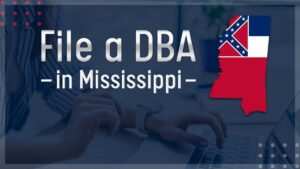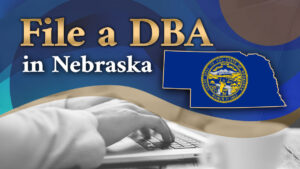Too often, when Board members struggle with attendance, participation, or decision-making, they simplistically resort to a Board training session or undertake team building and training to address their problems. Those techniques seldom work to address those problems.
Why Board Training Alone Seldom Restores Boards
It is not uncommon that Board members want a “quick fix” to their issues merely by undertaking a short Board training session. They have the illusion that their problems are the result of members not knowing their jobs. That is like believing that you can stop people from arguing merely by telling them not to do that anymore. If a training session was the solution, then members could easily solve their issues merely by downloading free Board job descriptions from the Web. Besides, if members are not coming to Board meetings, they probably will not attend a Board training either.
Board members rarely struggle because members lack understanding of their legal roles and responsibilities. New information in members’ heads is rarely enough to make a major difference. Instead, members need ongoing guidance, support and accountabilities to actually use that new information. That comes from a combination of activities, for example, evaluating the health of the Board, helping members understand what is required for long-lasting change, Board orientation and Board training for members, refining the organization of the Board, coaching the Board Chair and other leadership roles to drive changes, and then re-evaluating the health of the Board.
Why Team Building Alone Seldom Restores Boards
Team building is conducted to improve the performance of a team, or small group of people. There are a wide variety of approaches to team building. Too often, the approach is to improve performance primarily by trying to improve team members’ feelings, beliefs and perceptions about themselves and each other. That approach rarely works for Boards that have major, ongoing struggles. Actually, that approach to team building can make the situation much worse when the good feelings from team building quickly encounter the same dysfunctional structures on the Board, resulting in even more frustrated – and now cynical – Board members.
We have learned a great deal about what makes for high-performing teams. In addition to respecting themselves and each other, all team members need to have the same clear understanding of certain structures, including:
- The purpose of the team.
- How decisions are made and problems are solved, and how communications will be done.
- Each member’s current roles and responsibilities.
- What authority and resources the team has to work with.
Lack of the above structures often is the primary cause of prolonged frustration, blaming and conflicts among team members. Teams can be formed to be self-organizing, self-directed or self-managed, but to be successful, they must ensure that they have the above-listed structures in whatever form the team decides to take.
What do you think?
———————————————————————————
Carter McNamara, MBA, PhD – Authenticity Consulting, LLC – 800-971-2250
Read my weekly blogs: Boards, Consulting and OD, Nonprofits and Strategic Planning.
 Sections of this topic
Sections of this topic
















